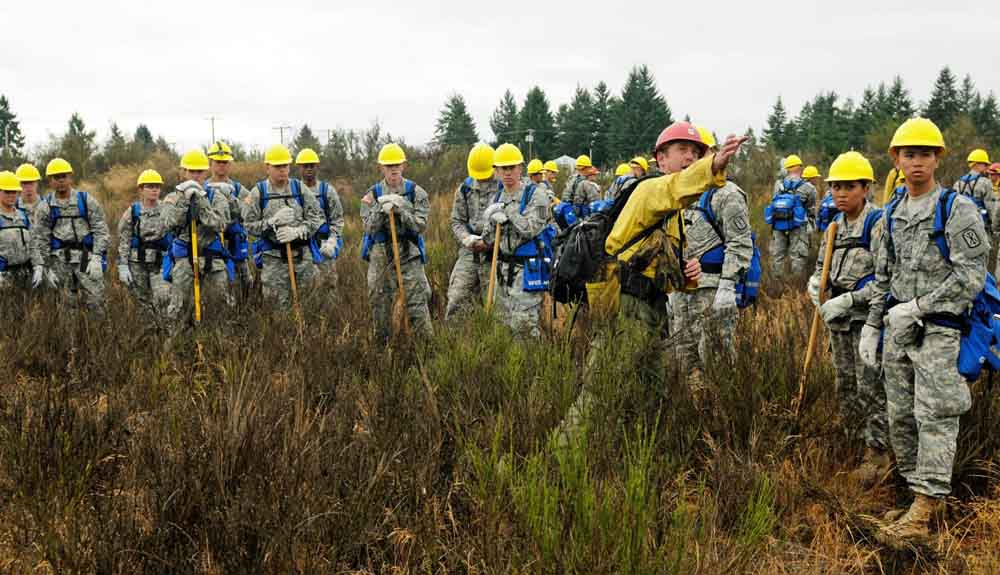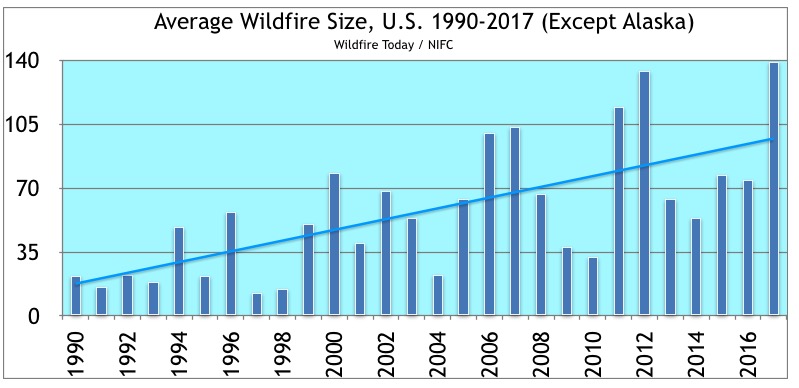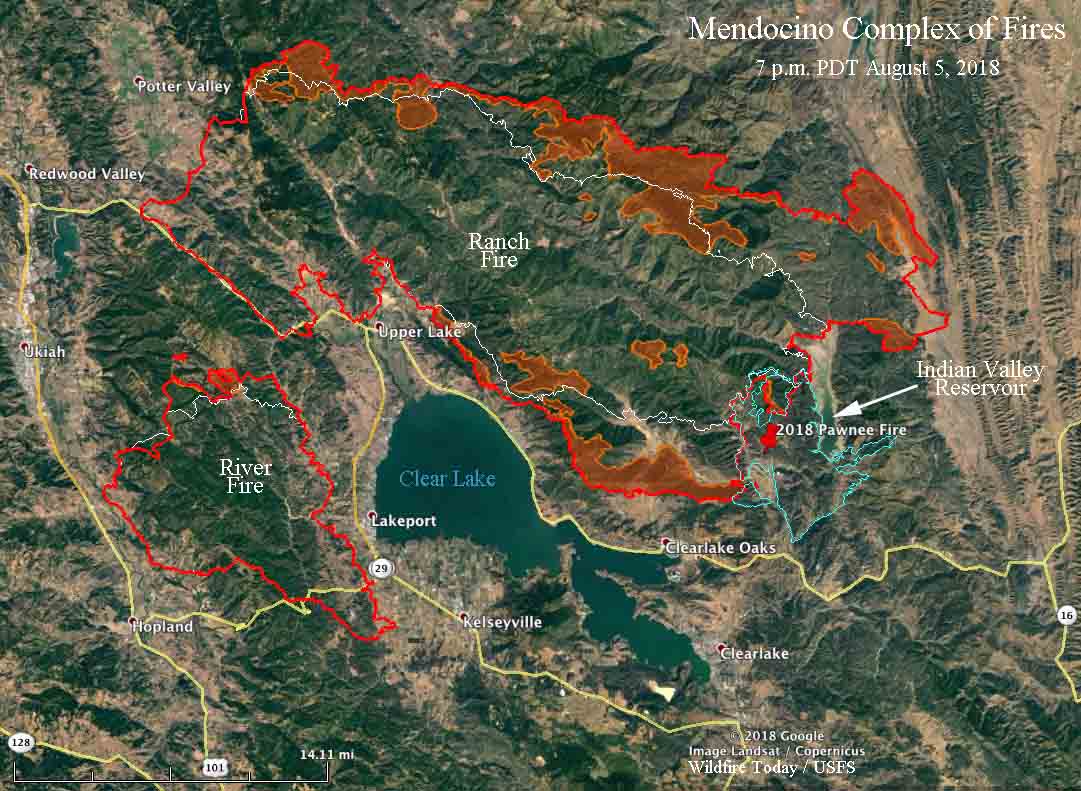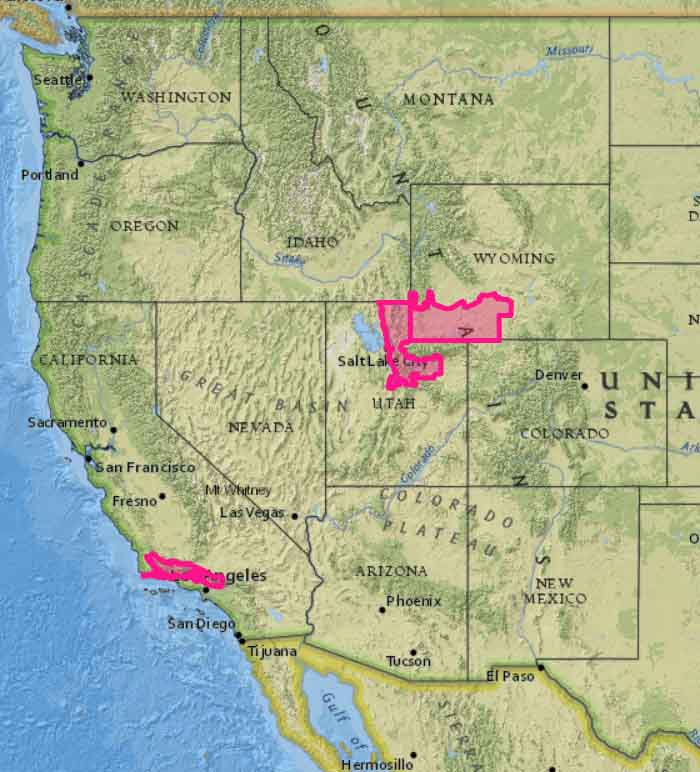The National Multi-Agency Coordinating Group at the National Interagency Fire Center has requested that 200 active duty soldiers be activated to help fight the wildfires currently burning in the Western states. The Department of Defense approved the request and will provide personnel from Joint Base Lewis-McChord (JBLM) near Tacoma, Washington. The soldiers will be organized into ten crews of 20-persons each. All of them will be sent to the same wildfire, which is in the process of being identified.

The soldiers will be outfitted with wildland fire Personal Protective Equipment (PPE) and all of the gear they will need to serve as wildland firefighters. They will be trained by wildland fire agency personnel at JBLM beginning Thursday, August 9. The training is expected to conclude by Sunday, August 12, and the soldiers are expected to begin working on a wildfire on Monday, August 13. While working on a wildfire, the soldiers will be accompanied by experienced wildland fire strike team leaders and crew bosses from wildland fire management agencies.
The training will consist of one day of classroom training at JBLM and two days of field training when the soldiers reach the wildfire that they will be assigned to. During classroom training, they will learn about a variety of topics related to wildfire suppression including fire terminology, fire behavior, and fireline safety. During field training, they will receive instruction in fire suppression methods and procedures, including Watch Out Situations and Standard Firefighting Orders, Personal Protective Equipment, and use, transportation and maintenance of wildfire suppression tools.
The U.S. military has been a key partner in wildland firefighting for decades, providing aircraft and personnel to serve as wildland firefighters. Four military C-130s equipped with Modular Airborne Fire Fighting Systems (MAFFS) are currently mobilized to serve as large airtankers and are operating from the Sacramento McClellan Airport in California. One military RC-26 aircraft is also currently mobilized to augment USDA Forest Service aircraft capability to detect and map wildfires in the western states and is operating from Spokane, Washington.
Since 1987, active duty military personnel have been mobilized to serve as wildland firefighters a total of 37 times. The last time active duty military personnel were mobilized as wildland firefighters was in September, 2017 when 200 soldiers from JBLM were mobilized to work on the North Umpqua Complex of Fires in Oregon for 30 days. Currently, several states – including Oregon, California, and Washington – have mobilized National Guard helicopters, equipment, and personnel to serve as wildland firefighters and assist with a variety of wildfire suppression support efforts.
Last week 138 fireline management personnel from Australia and New Zealand came to the United States to support large fires in California, Oregon, and Washington.








